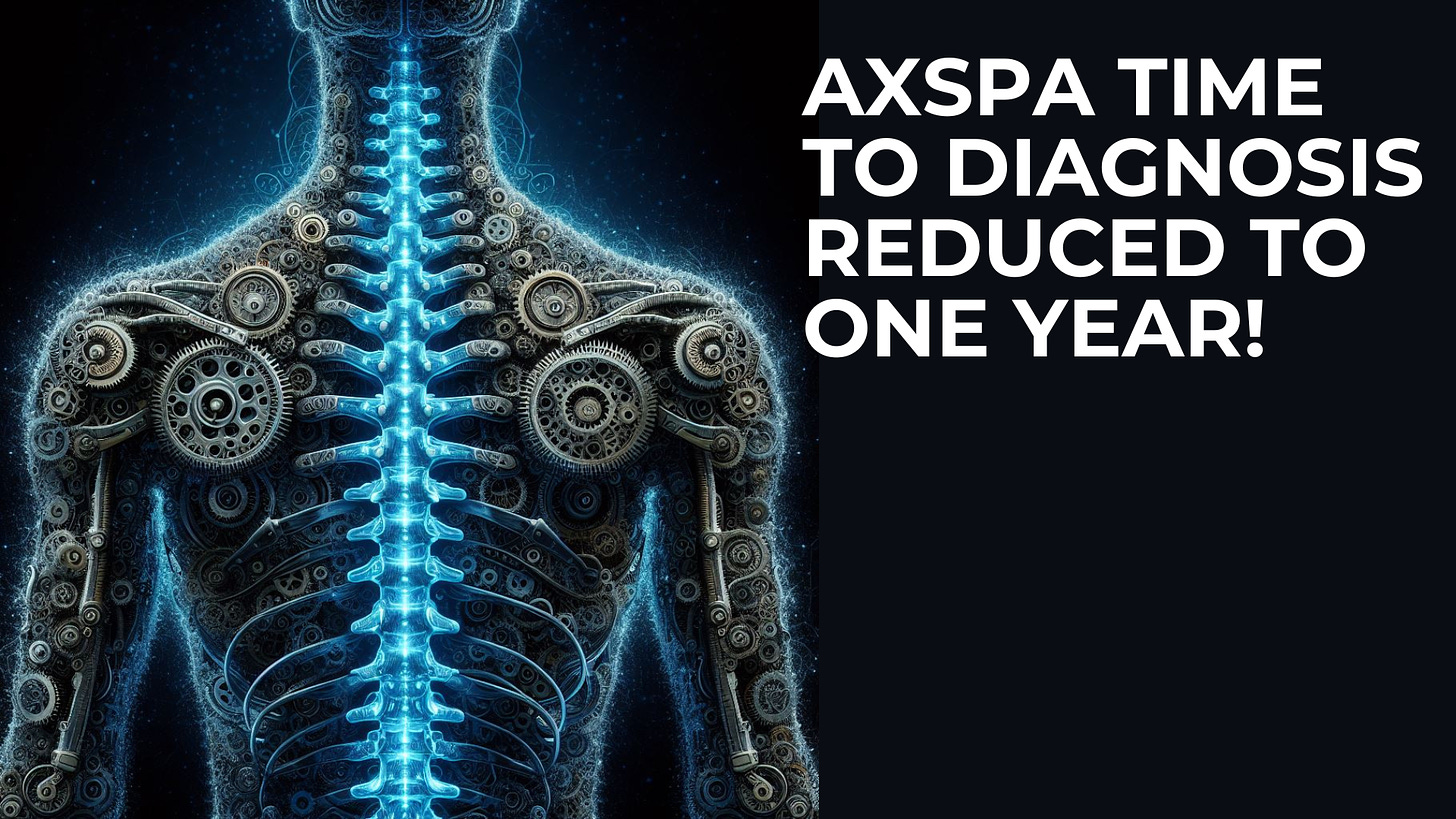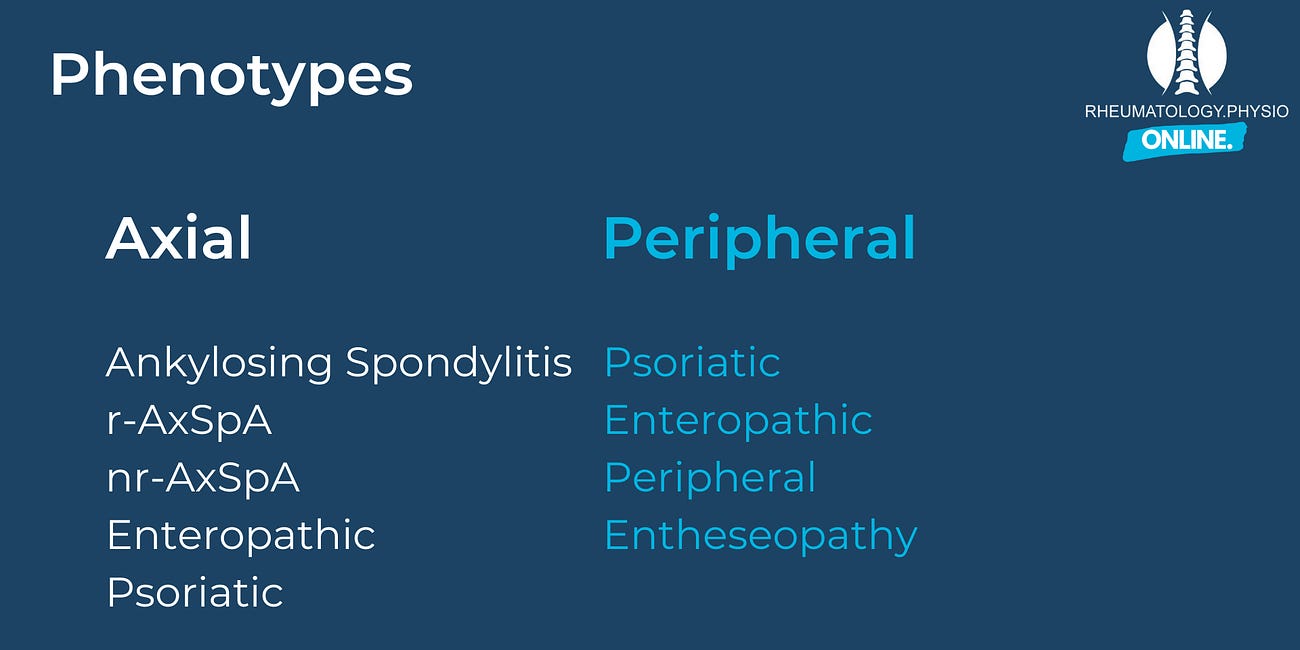Welcome Back Rheumatology Fans,
It is well documented that delay to diagnosis in Axial Spondyloarthritis is protracted around the world (1). Commonly quoted as 8 years from symptom onset this is also associated with much poorer outcomes than early diagnosis (2,3,4).
It has been the subject of many initiatives to improve and I have written about some of them previously. Back Pain + (Nass), A gold standard time to diagnosis (Nass), Screend’em (Paul Kirwan), ASAS Criteria, BSR Spondyloarthritis Guidelines, my own work.
This is very complex work, there are many barries throughout the process. Now we have published data showing it can be done. FULL ARTICLE.
I am going to summarise here but if you are interested, please do read the full publication, it is open access currently.
How they achieved change:
Increase knowledge base of Healthcare Professionals (FCPs, GPs, Physios, Other AHPs)
Improved Referral Pathways (Based on ASAS/NICE guidance, Electronic referrals, Community Physio Triage, Available Diagnostics, Inflammatory Back Pain Pathway)
Secondary Care Efficiency (Direct consultant to consultant referral, virtual referral systems, joint specialty clinics)
Increase Public Awareness (HCPs signposted to NASS resources, promotion of NASS symptom checker, posters in appropriate locations)
The implementation of strategies was completed in stages and each showed improvements leading me to conclude that as indiviuals we can actually make a difference. This will be in our own part of the pathway and if the minimum we can do is to ensure we recognise the cases of potential AxSpA in our own clinic.
We can extend this as we are able though by implementing other strategies, including public awareness and signposting to NASS resources (Nass.co.uk) which are validated and excellent. Understand the referral pathways local to you and how to access these as well as the investigative options available. This will improve efficiency once they are required.
Understand the requirements for pathways as well as access, what. bloods are needed, what imaging, who will be triaging? This helps to prepare the person in your clinic for what to expect but also gives you a point of contact. I try to make relationships with the people I have referred to, if referrals are rejected or a different diagnosis is concluded then understanding how or why this came to pass is absolutely crucial information.
Of course, I would be remiss here if I didn’t suggest you look at my courses where we discuss a lot of this in detail!
Further Resources
References
1. Sykes MP, Doll H, Sengupta R, Gaffney K. Delay to diagnosis in axial spondyloarthritis: are we improving in the UK? Rheumatology (Oxford) 2015;54:2283–2284.
2. Doward LC, Spoorenberg A, Cook SA, Whalley D, Helliwell PS, Kay LJ, McKenna SP, Tennant A, van der Heijde D, Chamberlain MA. Development of the ASQoL: a quality of life instrument specific to ankylosing spondylitis. Ann Rheum Dis. 2003;62:20–26. doi: 10.1136/ard.62.1.20. [PMC free article] [PubMed] [CrossRef] [Google Scholar]
3. Yi E, Ahuja A, Rajput T, George AT, Park Y. Clinical, economic, and humanistic burden associated with delayed diagnosis of axial spondyloarthritis: a systematic review. Rheumatol Ther. 2020;7:65–87. doi: 10.1007/s40744-020-00194-8. [PMC free article] [PubMed] [CrossRef] [Google Scholar]
4. Fallahi S, Jamshidi AR. Diagnostic delay in ankylosing spondylitis: related factors and prognostic outcomes. Arch Rheumatol. 2016;31:24–30. doi: 10.5606/ArchRheumatol.2016.5562. [PMC free article] [PubMed] [CrossRef] [Google Scholar]






